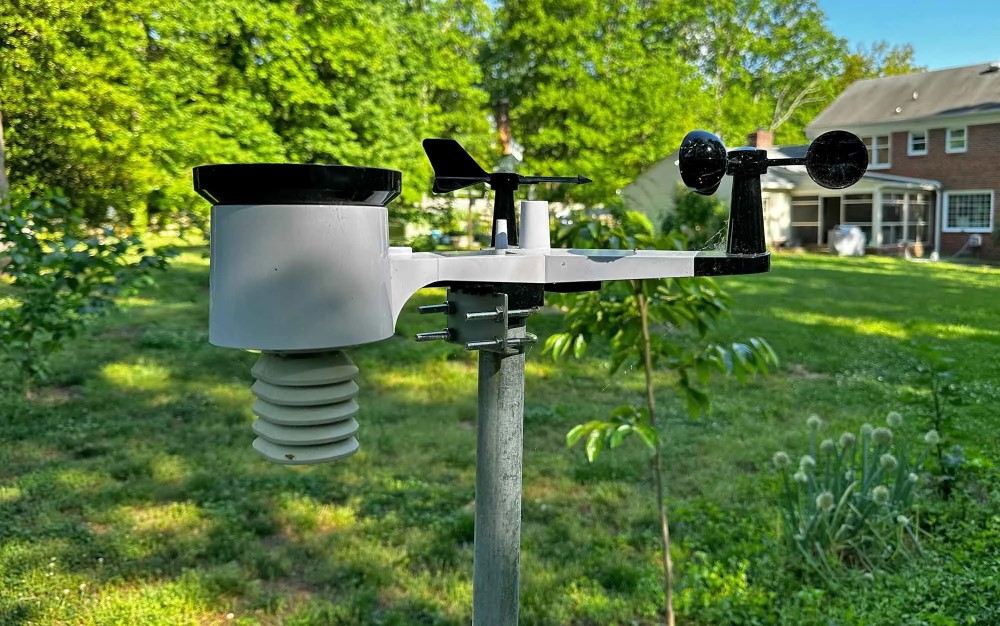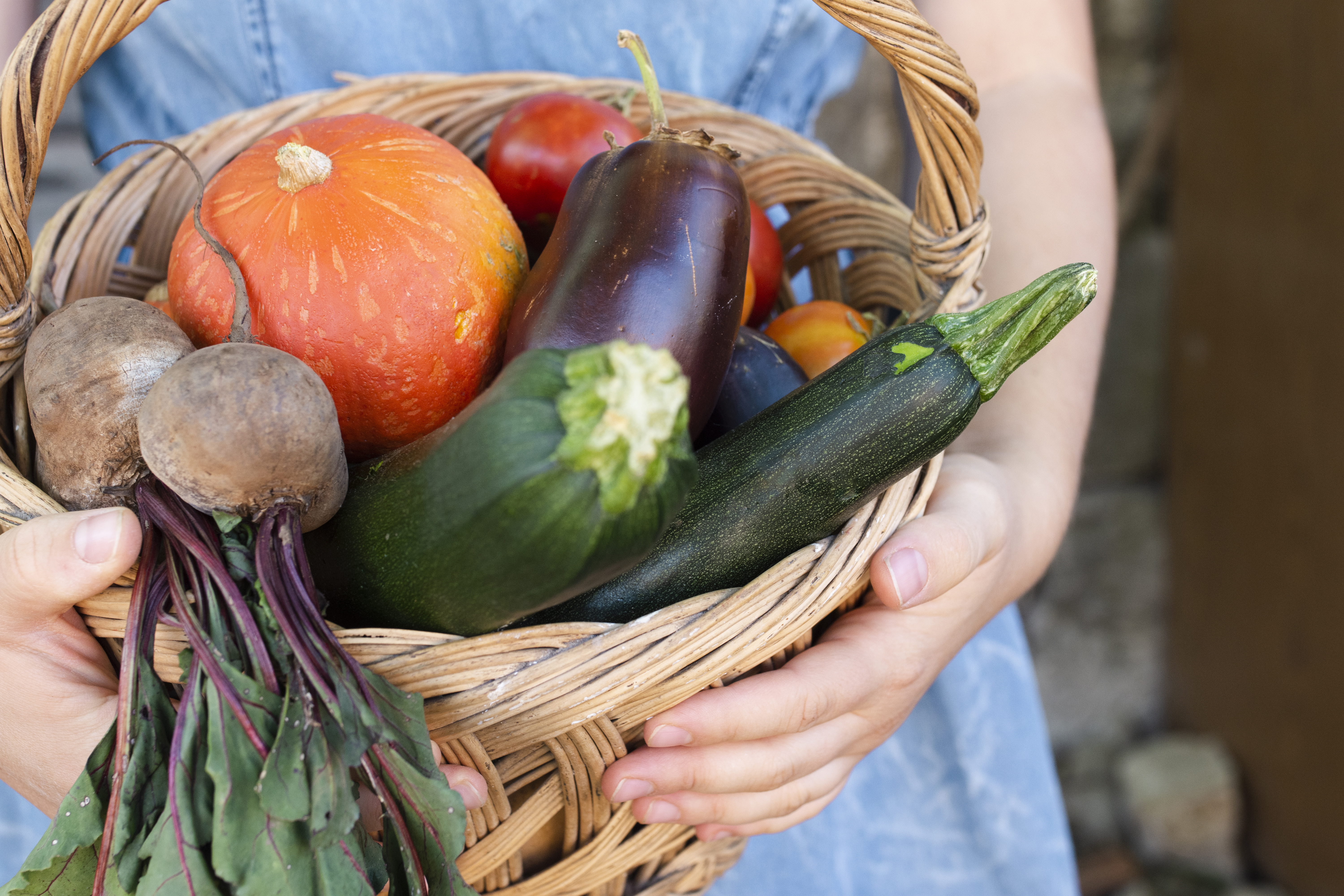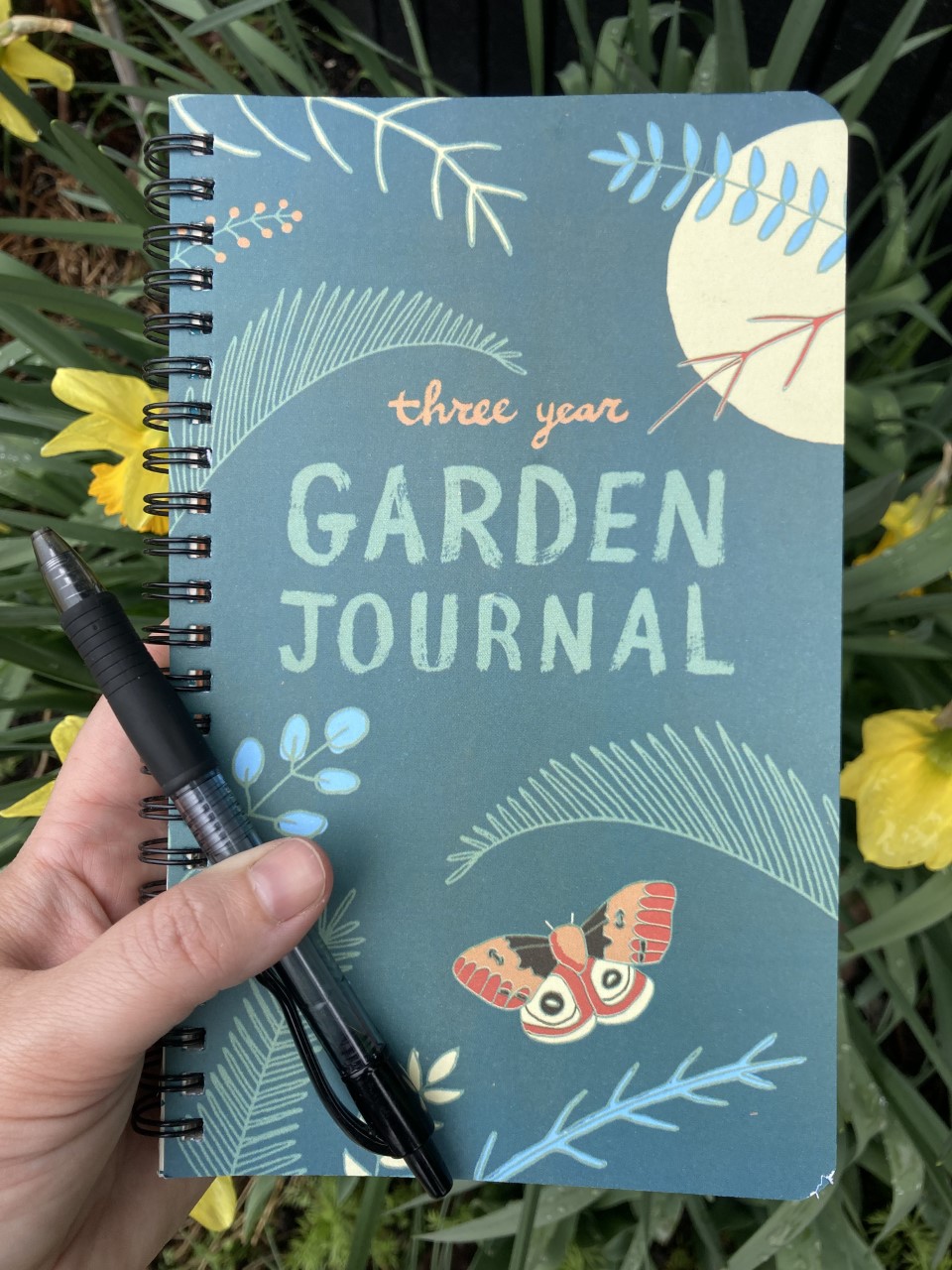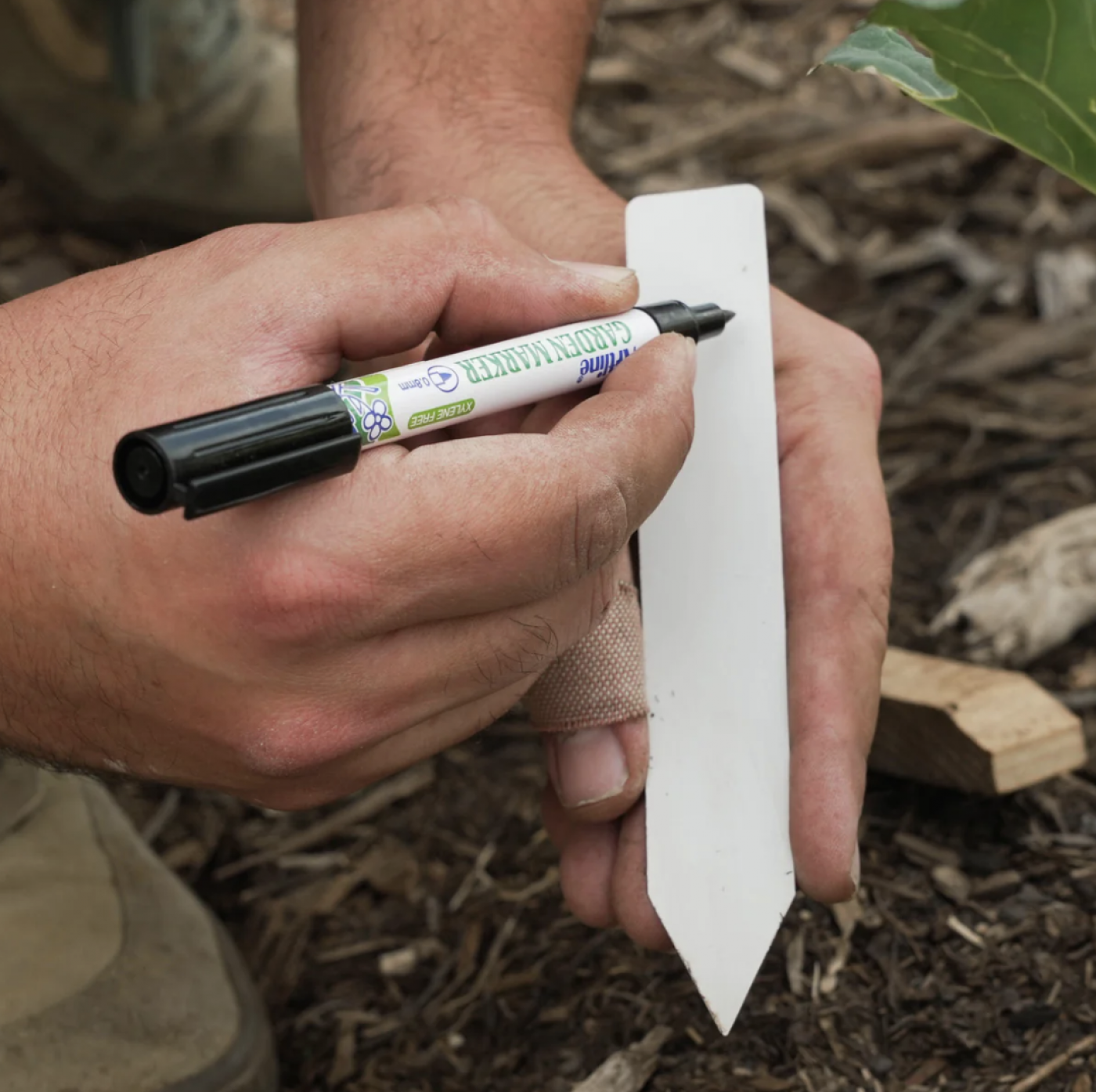· Younes · Garden Journaling · 2 min read
How to Document Plants in Your Garden Journal
Learn how to document plants effectively in your garden journal. Discover what details to include, from planting dates and growth milestones to pests, treatments, and lessons learned. Start creating a complete record of your garden with Florish.
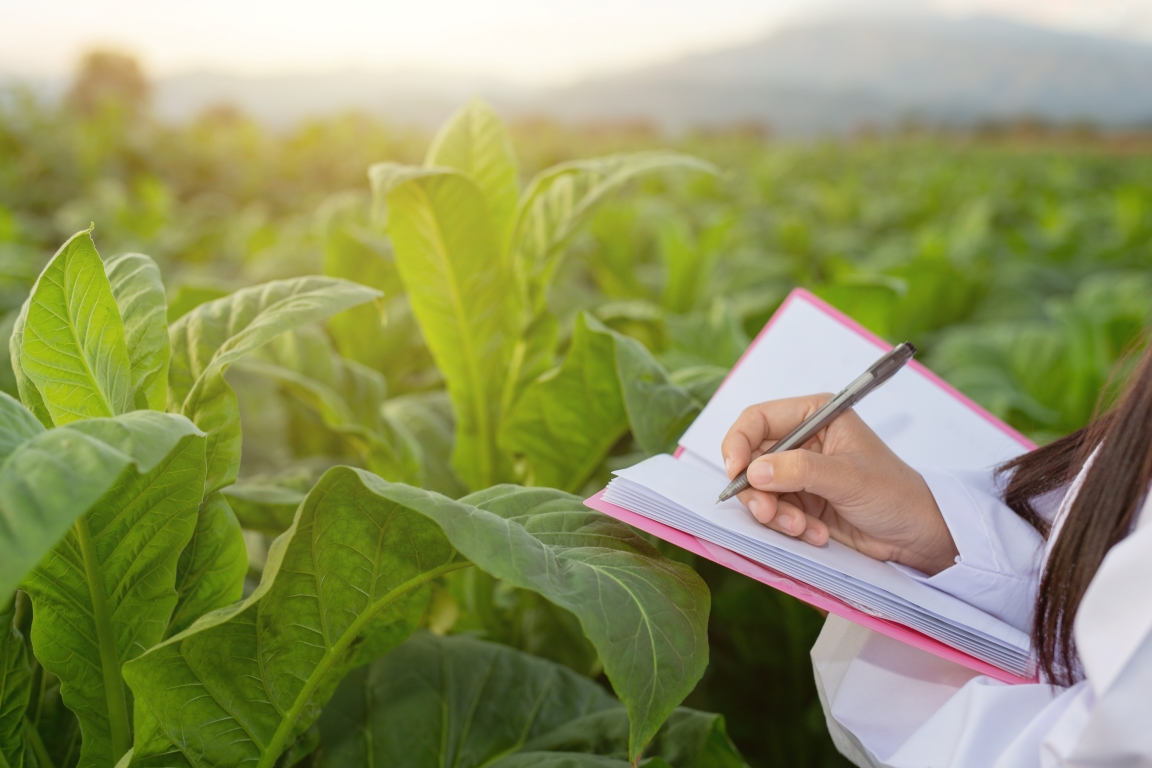
Documenting plants in a garden journal is one of the most effective ways to stay organized and improve your gardening results. Whether you’re growing vegetables, flowers, or shrubs, tracking key plant details helps you learn, experiment, and celebrate your garden’s growth.
Why Document Plants in Your Garden Journal?
- Improve plant care decisions based on past results.
- Identify successful varieties and avoid past mistakes.
- Make seasonal planning easier.
Key Information to Include When Documenting Plants:
1. Plant Name & Variety:
- Common and scientific names for clarity.
- Specific cultivar or variety for better tracking results over seasons.
2. Planting Date:
- When you planted seeds, bulbs, or transplants.
- Ideal for timing repeat sowings and crop rotation.
3. Source of the Plant:
- Where you purchased seeds/plants (e.g., garden center, online shop).
- Helps track reliable sources for future purchases.
4. Location in the Garden:
- Bed, section, or container where the plant was placed.
- Useful for planning crop rotation and understanding microclimates.
5. Growth Habit & Requirements:
- Sunlight needs, soil type, spacing, and watering frequency.
- Essential for aligning care routines.
6. Observations & Growth Milestones:
- Key stages like germination, flowering, fruiting, and harvesting dates.
- Visual progress (photos) to capture changes over time.
7. Pests & Diseases:
- Any issues observed (e.g., aphids, powdery mildew).
- Treatments applied and their effectiveness.
8 Fertilizers & Treatments Used:
- What fertilizers, compost, or soil amendments were applied.
- Useful for measuring the impact on plant health and productivity.
9. Yield & Harvest Information:
- Quantity harvested (for edible plants).
- Quality of the yield and taste observations.
10. Lessons Learned & Adjustments for Next Season:
- What worked well, what didn’t.
- Ideas for improving next season’s results.
How Florish Simplifies Plant Documentation:
- Voice-activated journaling: Just speak, and Florish will organize these details for you.
- Photo attachments: Capture visual progress with ease.
- Structured data fields: Automatically track essential plant details.
Conclusion
By consistently documenting these plant details, you’ll not only become a more mindful gardener but also create a personalized reference for future seasons. Whether you use a physical notebook or a digital tool like Florish, journaling your plant care journey can make a noticeable difference in your garden’s success. 📲 Try Florish today and start documenting your plants effortlessly!


